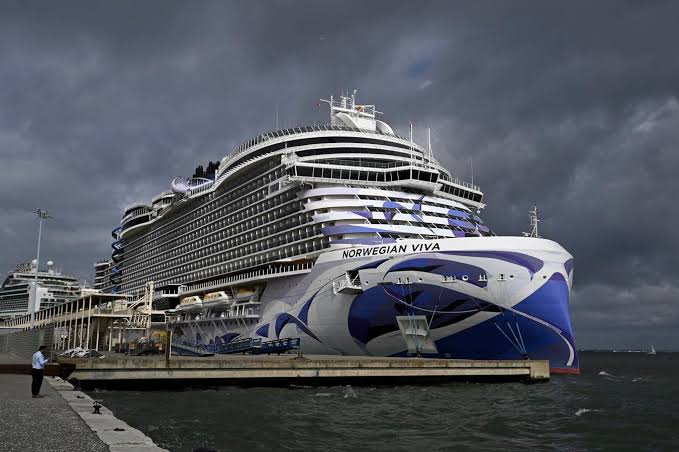Norway is set to implement a significant environmental policy by 2026, banning fuel-powered cruise ships from its fjords to reduce pollution. This move aims to protect the pristine natural environment of these UNESCO World Heritage sites, which have been adversely affected by emissions from cruise ships. citeturn0search4
The Norwegian government has mandated that, starting in 2026, only ships powered by alternative fuels, such as liquefied natural gas (LNG), will be permitted to operate in the fjords. This policy is expected to have a profound impact on major cruise lines, including Norwegian Cruise Line (NCL), which currently operate vessels powered by traditional marine diesel fuel. citeturn0search1
In response to these regulations, several cruise companies are proactively investing in green technologies. For instance, Hurtigruten is retrofitting its fleet with battery-hybrid systems and exploring wind and solar energy solutions. Similarly, Havila Voyages is developing ships powered by hydrogen and battery systems, aiming for zero emissions by 2030. citeturn0search1
However, the transition to alternative fuels presents challenges. While LNG is considered a cleaner option, it is not entirely free of environmental concerns, particularly regarding methane emissions. Moreover, the availability of LNG-powered ships by 2026 is uncertain, as many vessels currently in operation are not equipped with this technology. citeturn0search1
The policy also raises concerns about its impact on tourism in the fjord regions. Communities that heavily rely on cruise tourism may face economic challenges as a result of these regulations. Balancing environmental goals with economic realities will be crucial in the coming years. citeturn0search0
In summary, Norway’s impending ban on fuel-powered cruise ships by 2026 represents a bold step towards environmental sustainability. Cruise lines, including NCL, are actively seeking alternative energy solutions to comply with the new regulations. The success of this transition will depend on technological advancements, collaboration between stakeholders, and careful consideration of the socio-economic impacts on local communities.



